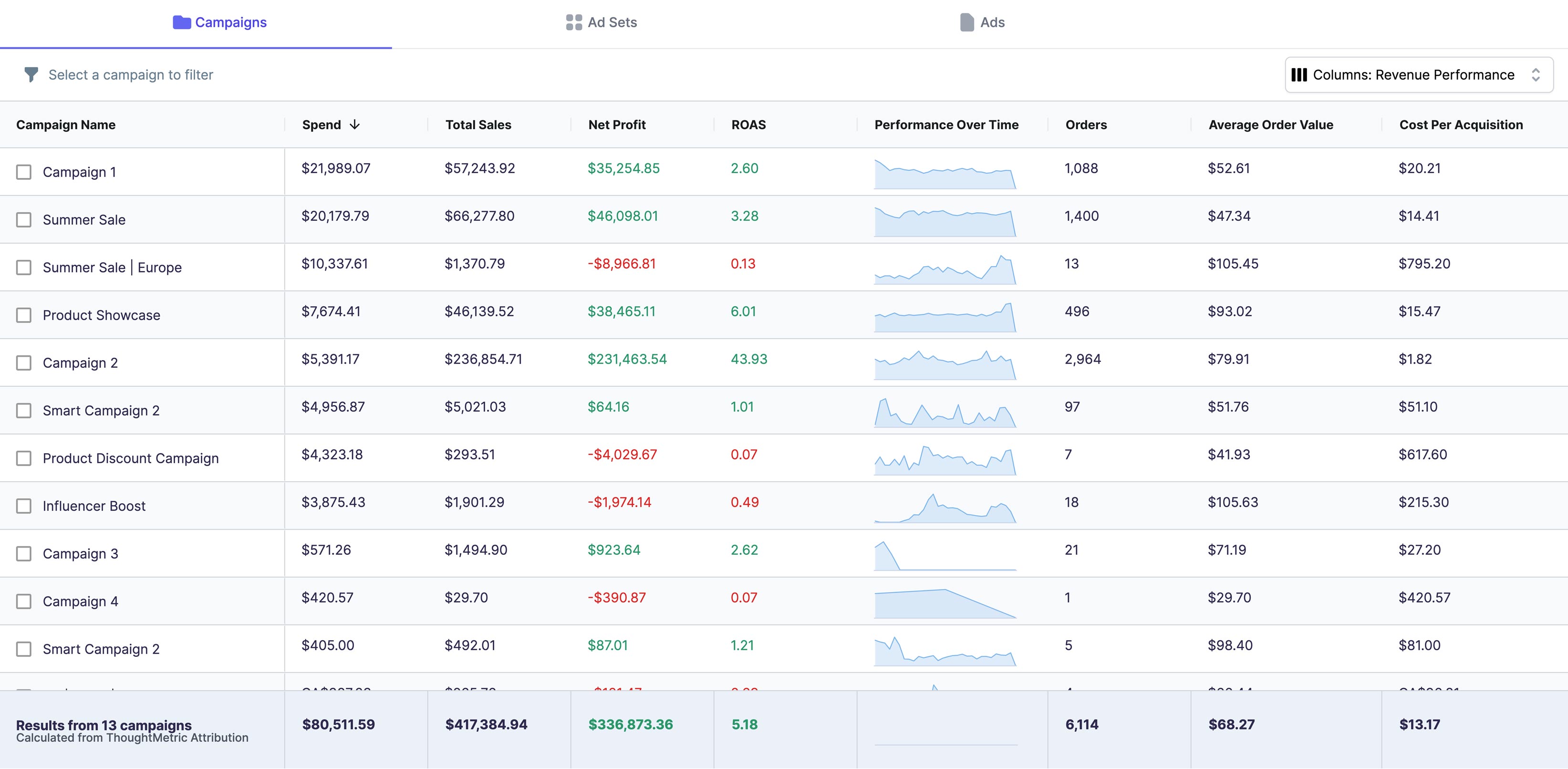If you're running a business that advertises on Google, you know that tax calculations can be complex and time-consuming. Google Ads automatically calculates taxes based on your settings, but it's important to understand how these calculations work to ensure your advertising costs are accurate and compliant with tax laws. In this article, we'll explore everything you need to know to calculate tax in Google Ads.
Understanding Tax Calculation in Google Ads
Tax calculation in Google Ads is a crucial process that involves adding tax to the final price of your ads, based on the tax rates in the countries where your ads will be displayed. This process is important as it ensures that your business is compliant with the tax laws in the countries where your ads are displayed. However, the tax calculation process is dependent on a number of factors, which we'll explore in the next section.
Importance of Accurate Tax Calculation
Accurate tax calculations in Google Ads are important for two reasons. Firstly, if your tax settings are inaccurate, you risk underpaying or overpaying on your advertising costs, which can impact your business's budget and profitability. This can be especially damaging for small businesses that have limited advertising budgets. Secondly, incorrect tax payments can lead to legal and compliance issues, which can damage your online reputation and brand image. This can be especially damaging for businesses that rely heavily on their online reputation to attract customers.
Therefore, it's important to ensure that your tax settings in Google Ads are accurate and up-to-date. This can be done by regularly reviewing and updating your tax settings, and by consulting with tax professionals if necessary.
Factors Affecting Tax Calculation in Google Ads
When it comes to tax calculation in Google Ads, there are a number of factors that can affect how much you'll pay. These include:
- The tax rates in the locations where your ads will be displayed. Tax rates can vary widely between countries, and can even vary between different regions within a country. Therefore, it's important to be aware of the tax rates in the locations where your ads will be displayed, and to set your tax settings accordingly.
- The type of ads you're running (e.g. Search, Display, Shopping, Video, or App). Different types of ads may be subject to different tax rates, depending on the country and region where they are displayed. Therefore, it's important to be aware of the tax implications of each type of ad, and to set your tax settings accordingly.
- The pricing model you're using (e.g. CPC or CPM). Different pricing models may be subject to different tax rates, depending on the country and region where they are displayed. Therefore, it's important to be aware of the tax implications of each pricing model, and to set your tax settings accordingly.
- The product or service you're advertising. Some products or services may be subject to additional taxes or fees, depending on the country and region where they are displayed. Therefore, it's important to be aware of the tax implications of each product or service, and to set your tax settings accordingly.
- The currency you're using. Different currencies may be subject to different tax rates, depending on the country and region where they are displayed. Therefore, it's important to be aware of the tax implications of each currency, and to set your tax settings accordingly.
By taking these factors into account, you can ensure that your tax settings in Google Ads are accurate and up-to-date, and that you're not overpaying or underpaying on your advertising costs. This can help to improve your business's budget and profitability, and can help to protect your online reputation and brand image.
Setting Up Your Google Ads Account for Tax Calculation
Before you start advertising on Google, you need to ensure that your account is set up to calculate tax accurately. This involves adding your tax information and configuring your tax settings for different locations.
Adding Tax Information to Your Account
To add your tax information, go to your Google Ads account settings and click on 'Billing & payments'. Under 'Tax information', click on 'Add tax information' and follow the prompts to enter your tax ID number and other relevant information.
Configuring Tax Settings for Different Locations
Once you've added your tax information, it's important to configure your tax settings for different locations. Google Ads allows you to set tax rates and exemptions for different regions and countries. To do this, go to your Billing & payments settings and click on 'Tax Settings'. From here, you can set up tax rates for individual countries or regions, or upload a spreadsheet with all your tax information.
Calculating Tax for Different Types of Google Ads Campaigns
The way tax is calculated on your Google Ads campaigns can differ depending on the type of campaign you're running. Below, we'll explore tax calculations for different types of campaigns.
Search and Display Campaigns
In Search and Display campaigns, taxes are calculated based on the country where your ad is shown and the tax rate for that country. Google Ads automatically applies the appropriate tax rate based on your location settings.
Shopping Campaigns
In Shopping campaigns, taxes are calculated based on the destination of the product being advertised. If the destination location has a tax rate that applies to your product, Google Ads will automatically apply that tax to your advertising costs.
Video Campaigns
For Video campaigns, taxes are calculated differently depending on whether your ad is shown on YouTube or the Google Display Network. For YouTube ads, taxes are calculated based on the location where the ad is shown. For the Google Display Network, taxes are calculated based on the location of the billing address associated with your account.
App Campaigns
In App campaigns, taxes are calculated based on the location of the user who clicks on your ad. If the user is subject to a tax rate that applies to your app, the tax will be applied to your advertising costs.
Understanding Google Ads Tax Invoices
Google Ads provides tax invoices for your advertising costs that display the tax amount and the total amount charged to your account. Understanding how to access and read your tax invoices is key to managing tax effectively in Google Ads.
How to Access Your Tax Invoices
To access your tax invoices, go to your Google Ads account and click on 'Billing & payments'. From there, you can click on 'Transactions' to view your transaction history and access your tax invoices.
Reading and Interpreting Your Tax Invoices
Your tax invoices display the tax amount and the total amount charged to your account. It's important to double-check that the tax amounts are accurate and account for all applicable taxes in your target locations. If you spot any discrepancies, reach out to Google Ads support for assistance.
Tips for Managing Tax in Google Ads
To manage tax effectively in Google Ads, follow these tips:
Regularly Review and Update Your Tax Settings
Tax laws and rates change over time, so it's important to review and update your tax settings regularly to ensure they are accurate and up-to-date.
Keep Track of Tax Law Changes in Your Target Locations
Be aware of any tax law changes that may impact your advertising costs in your target locations. This information can be found on local government websites or through a tax professional.
Consult a Tax Professional for Complex Cases
If you have complex tax situations that you're not sure how to handle, consult with a tax professional for advice.
In conclusion, calculating tax in Google Ads requires attention to detail and an understanding of the tax laws in your target locations. By setting up your account correctly and regularly reviewing and updating your tax settings, you can ensure that your advertising costs are accurate and compliant with tax laws.





